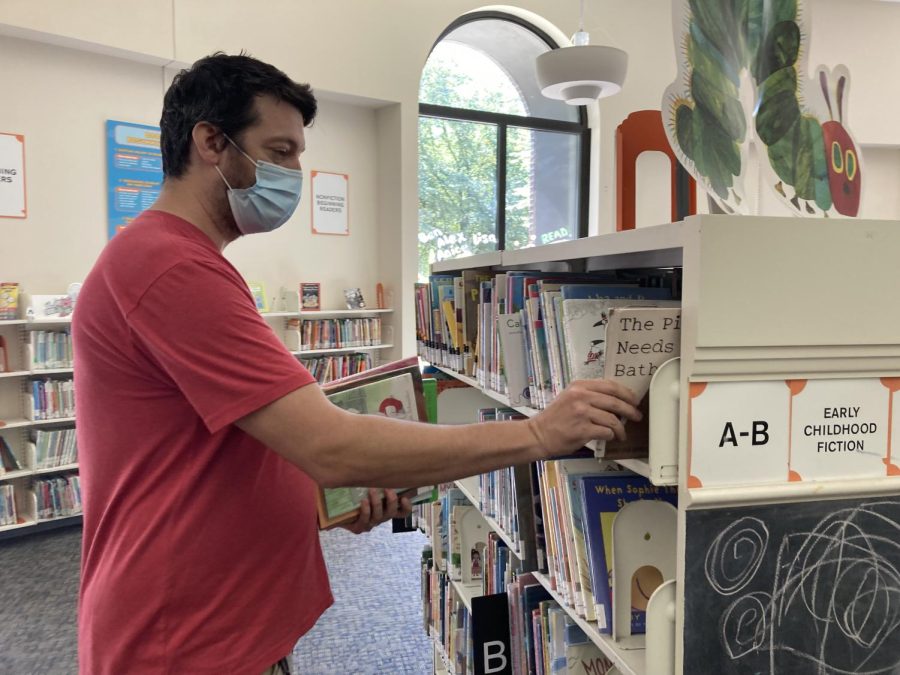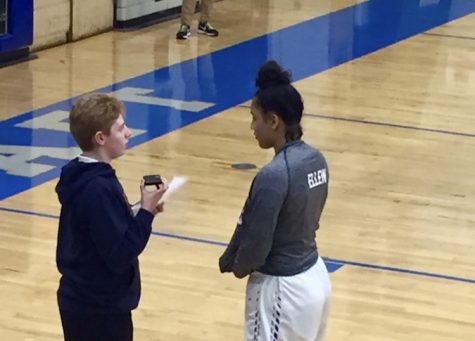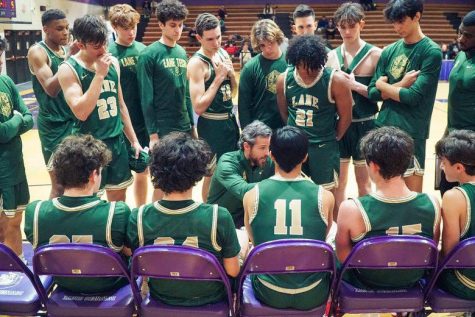A love letter to the library
Sulzer Regional Library children’s associate librarian Joseph Burton reshelves books.
Possibility. That is what a library is to me, and to so many who frequent these establishments. Originally, libraries were private — only the elite and scholars were granted access. This was the case in America until 1833 when the first free public library was built in Peterborough, New Hampshire. The goal was to create a space in which all were welcome to learn and be. In a way, the public library is a social equalizer, because everyone has access to the same information. Continuing into the next two centuries, libraries have remained steadfast in their dedication to equal access, but they are also so much more.
Beyond the access and the resources, libraries are the hearts of communities. They even create communities. They connect people across time and space. A book you are reading will have passed through countless hands before reaching your own, over countless years. It could have come from another Chicago Public Library or, if you request a book, they can come from a different private library within the city. Whatever media you borrow becomes a link between you and all who came before you. I have felt that when I check out books, and it always makes me so much more invested in the story. We, me and the past readers, are together enjoying the same piece of literature, absorbing the same words and entering other worlds through the same pages. That gift of libraries, of bringing people together, is something to be cherished.
This became very apparent to me during a photography workshop I did through Sulzer this summer. One of the days we went downtown to the Harold Washington Library to see Akito Tsuda’s photographs of Pilsen he took in the nineties while attending Columbia College. The photos were beautiful, intriguing, funny on some occasions, but what struck me most of all was the lore surrounding the release of the photos.
Within the box the archivists gave my group there were articles about the photos alongside the images themselves. I learned that Tsuda had begun sharing these photos online in 2016 — before that they had never been seen by the public. The response he received from the community was so overwhelmingly positive that they group-fundraised for him to fly to Chicago for a book release of the photos titled, “Pilsen Days.” The library’s role in all of this is that they store the photos and will share them with whoever wishes to see them, for free, as long as you make an appointment.
These photos are so incredibly important to those who lived in Pilsen during that time because they preserve the essence of the area that is now losing its original character as a result of gentrification. Yet they also connected neighbors who have long since lost touch. I remember reading one of the articles which said that a woman saw one of the photos on Facebook and shared it with her family. When her grandmother saw it she burst into tears because her mother was in that photo and she did not have any pictures of her until then.
Essentially these photos brought people together, and the library helps make this possible through their archives. Public libraries’ archives document the neighborhoods they reside in and the city itself, connecting the people of the past, present and future, across space and time. So it is not only the books that form threads between readers, it is also the records of people from the past.
Beyond their dedication to preserving the past and providing media, libraries have become so much more. They are where children are introduced to the world of literature. To children, libraries represent just how much there is to know, how big the world is, and it is awe-inspiring. They are a haven for people who are having difficulties at home and who do not have a home at all. They are places where anyone can seek refuge and find help.
“[The library] is a space where you are going to be safe,” said Daniel Thorson, a teen librarian at Sulzer Regional Library. “You can kind of do what you need to do or want to do without anyone telling you to leave, as long as you’re not bothering anybody.”
Sulzer Regional Library is less than a mile and a half from Lane and is an excellent place for people to go if they need somewhere to stay after school. They have an area specifically designated for teens called the YouMedia space where you can find books, make art, use the 3D printer and maker technology, use the vinyl cutter, play on the Switch or simply relax.
“There isn’t anything called loitering at the library,” Thorson said.
Thorson said that starting in September, every Wednesday at 4:00 p.m. the YouMedia center at Sulzer will be hosting workshops that teach those who sign up how to use the Maker technology and the vinyl printer if you want to make T-shirts or similar things. There is also the button maker if you want to start with something smaller.
In addition to artistic opportunities, public libraries provide free access to research databases for students, including JSTOR and EBSCO, without needing to have a library card.
“We have, through chipublib.org/onlineresources, a suite of online resources that normally you would have to spend a lot of money to access. The library pays for it and provides it for free,” Thorson said.
This is also the case with LinkedIn Learning, an online teaching tool where people can receive free training for work or a hobby through the library for free, though you need a library card for this. Getting a library card is free, but if you are under eighteen you do need a parent signature.
Over time, libraries have become everything a community needs to find resources and safety, and they renew hope in all who walk through their doors. People who want to learn English can take classes there, and kids looking for resources to help with situations at home can find them; whatever it is, libraries exist for the community. They are the resource for resources, and I encourage everyone to take advantage of this service. To advocate for these institutions. To remember just how special they are, because at the library, anything is possible.
Thank you!! We met our goal for the 2023-24 school year! Your contributions covered our annual website hosting costs, which are no longer covered by our district/school. Student journalists at Lane Tech use this archive to research past coverage of various topics and link to past stories to offer readers additional context for current stories. Thank you for supporting the award-winning reporting and writing of journalism students at Lane Tech College Prep!
Background information on why the school district no longer allows our school to cover web hosting costs:
https://lanetechchampion.org/12583/uncategorized/special-coverage-impact-of-soppa-on-cps-students-teachers/
https://lanetechchampion.org/11702/opinion/staff-editorial-cpss-soppa-policy-is-choking-students-learning-and-the-champion/
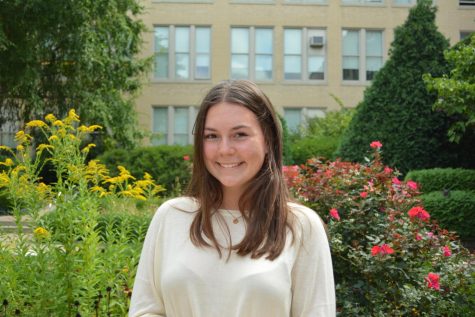
Saskia is a senior, this is her third year with the Champion. She loves writing and editing, and is planning to pursue a career in English. She spends...
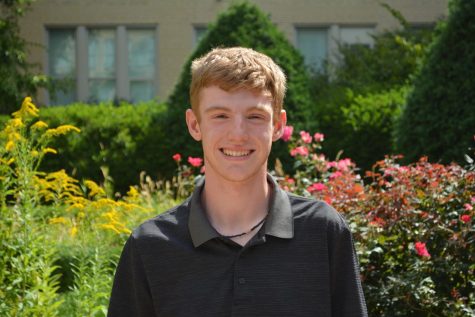
Alex is a senior in his fourth year with The Champion. Alex loves covering news and sports in the Lane community and beyond. He also broadcasts for a variety...

